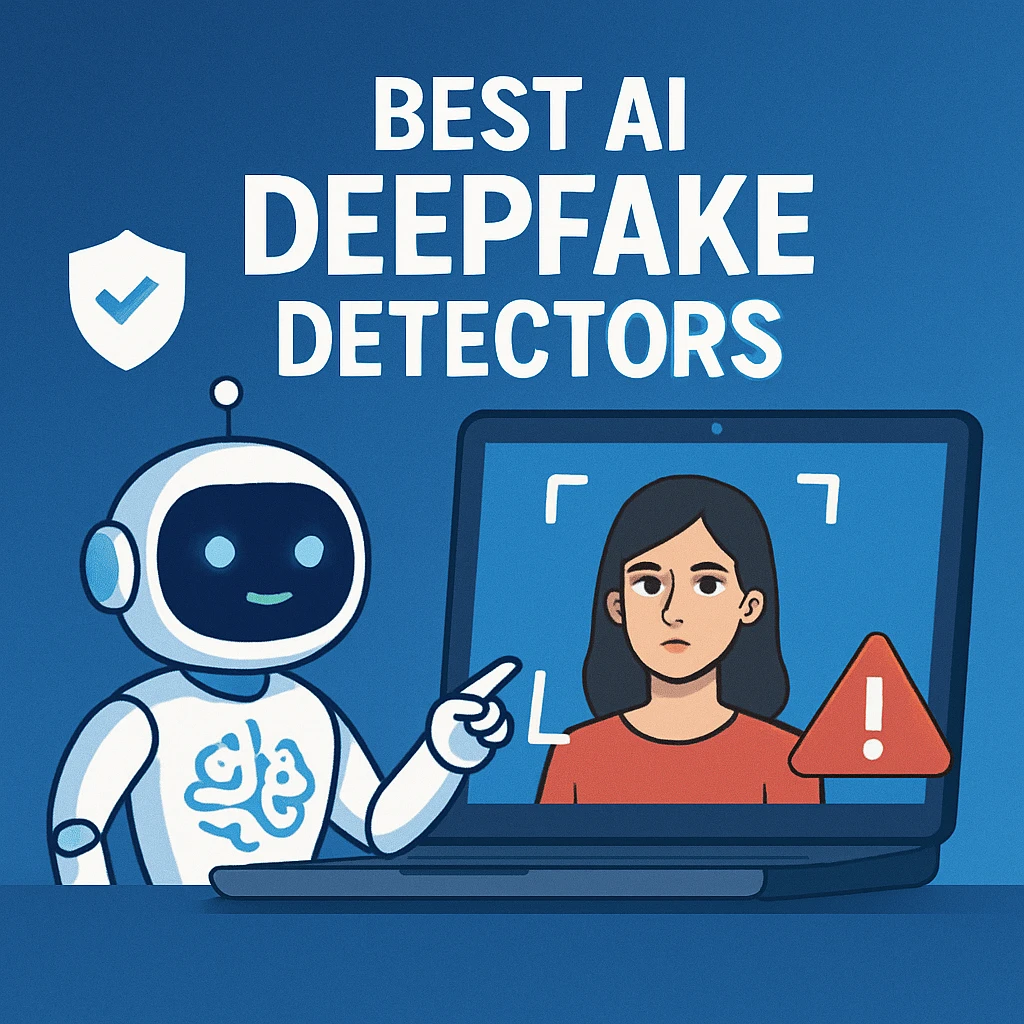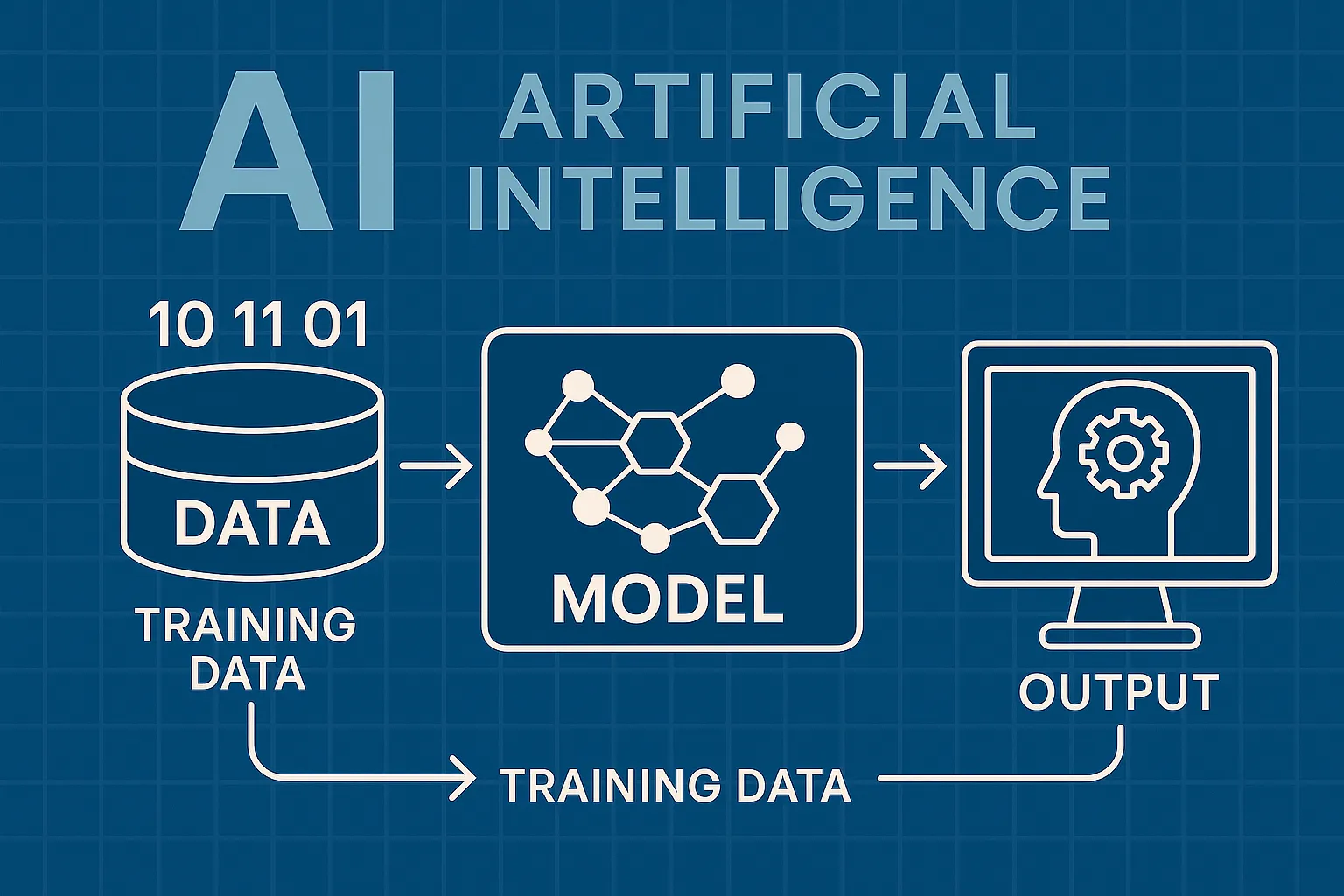AI tools for cybersecurity and ethical hacking are reshaping digital defense by providing faster, smarter, and more adaptive ways to detect and mitigate threats. From autonomous threat monitoring and intelligent penetration testing to real-time incident response platforms, these solutions help security professionals stay ahead of increasingly sophisticated cyberattacks. AI models analyze massive amounts of traffic, system behavior, and threat intelligence to uncover patterns that human teams may miss, enabling faster reaction times and fewer false positives. Whether you're protecting a corporate network or running a red team simulation, today's AI-driven platforms support everything from vulnerability discovery to behavioral analytics. In this guide, we explore the top AI cybersecurity tools—both paid and free—that enhance resilience, support compliance, and empower ethical hackers and SOC teams to secure systems with speed, scale, and precision.

Top Paid AI Cybersecurity Tools
| Rank | Tool | Focus | Price | Best For | ||||||||||||||||||||||||||
|---|---|---|---|---|---|---|---|---|---|---|---|---|---|---|---|---|---|---|---|---|---|---|---|---|---|---|---|---|---|---|
| #1 | Darktrace | Autonomous threat detection | Enterprise pricing | Large networks | ||||||||||||||||||||||||||
| #2 | CrowdStrike Falcon | Endpoint + cloud protection | From $8.99/device/month | Organizations & SOC teams | ||||||||||||||||||||||||||
| #3 | Pentera | Automated pen testing | Custom pricing | Compliance + red teams | ||||||||||||||||||||||||||
#4
DarktraceDarktrace is a leader in autonomous cybersecurity powered by self-learning AI. It continuously monitors your network for unusual patterns, identifying threats like ransomware, insider breaches, or zero-day exploits in real time. Its standout feature is Antigena, which takes automated action to slow or stop attacks the moment they occur—without disrupting normal operations. Designed for enterprise-scale networks, Darktrace works across cloud, email, IoT, and endpoint environments, making it an all-in-one shield for organizations needing proactive, AI-driven defense. CrowdStrike FalconCrowdStrike Falcon combines lightweight endpoint protection with powerful AI threat detection and response. Its cloud-native design lets it monitor and analyze endpoint behavior continuously, flagging suspicious activity before it escalates into breaches. It also includes managed threat hunting and zero-trust architecture support. Falcon is a top choice for SOC teams and enterprise IT departments that need advanced EDR (Endpoint Detection and Response) capabilities without compromising speed or system performance. PenteraPentera automates penetration testing by simulating real-world attacks on your infrastructure using AI. Instead of relying on manual red teaming, Pentera runs continuous tests to uncover exploitable weaknesses, misconfigurations, and privilege escalation paths. Reports are auto-generated to align with compliance frameworks like NIST and ISO 27001. For internal security teams and compliance auditors, Pentera saves time and ensures you stay ahead of evolving threats with actionable, hands-on insights into your actual security posture. Cobalt StrikeCobalt Strike is an advanced threat emulation toolkit used by ethical hackers and red teams to mimic sophisticated adversaries. It includes tools for command and control, lateral movement, credential harvesting, and exploit delivery. Cobalt Strike helps teams test how well their defenses hold up against realistic attacks without causing real damage. While powerful, it’s best suited for controlled environments and is often paired with blue team tools to create full-spectrum defense simulations in enterprise and government settings. CyCognitoCyCognito focuses on discovering and securing your organization’s external attack surface. Using AI, it scans the internet to find exposed assets—domains, ports, servers, cloud misconfigurations—that may be overlooked by internal scans. It then assesses each asset for vulnerabilities and assigns risk scores based on exploitability. This is especially useful for companies with large digital footprints or those undergoing rapid cloud expansion. CyCognito ensures your shadow IT and third-party risks aren’t leaving backdoors open to attackers. Top Free AI Cybersecurity Tools
Nmap + NSENmap is one of the oldest and most reliable tools in a cybersecurity professional’s toolkit. With the Nmap Scripting Engine (NSE), it becomes even more powerful—allowing users to automate scans, detect misconfigurations, and search for vulnerabilities in real time. Though not AI in itself, NSE scripts often include logic that mimics adaptive scanning. It's ideal for ethical hackers, sysadmins, or students conducting reconnaissance, mapping networks, and preparing for more advanced penetration testing workflows. NucleiNuclei is a fast, customizable vulnerability scanner driven by community-built templates and AI-assisted rules. It lets users test applications and infrastructure against hundreds of known CVEs, misconfigurations, and logic flaws. The flexibility of templating allows for high levels of automation, making it perfect for bug bounty hunters, DevSecOps engineers, and QA testers alike. While some setup is required, it’s a favorite among professionals who want rapid, targeted scans they can control and adapt for new attack vectors. MaltrailMaltrail is an open-source traffic monitoring system that flags suspicious patterns based on IP blacklists and anomaly detection. It can identify botnet communication, port scanning, and unexpected spikes in traffic—all without cloud processing or external dependencies. Lightweight and easy to deploy, it’s well-suited for home networks, small businesses, or privacy-conscious setups. While it lacks the AI depth of enterprise tools, its real-time alerts and simplicity make it a solid line of defense for early threat detection. VirusTotalVirusTotal is a popular cloud-based tool that scans files, URLs, and IPs against dozens of antivirus engines and AI models. You simply upload a file or paste a link, and it quickly returns analysis results, threat scores, and historical behavior. It’s widely used by malware researchers, journalists, and IT pros to verify suspicious content and identify false positives. While API access is limited on the free tier, the web interface is fast, reliable, and entirely free for public use. TheHiveTheHive is an open-source Security Incident Response Platform (SIRP) designed to help SOC teams organize investigations and automate threat response. It integrates with Cortex for enrichment and can handle large volumes of alerts from SIEMs, threat intel feeds, and email reports. With collaborative features and a highly customizable structure, TheHive enables cybersecurity teams to act quickly and consistently when real-world threats strike. It’s ideal for organizations building out internal response capabilities on a tight budget. Rankings
ChatbotsAI chatbots have quickly evolved from simple assistants into powerful, multi-purpose tools used by millions of people every day... 
Image GeneratorsAI image generators are revolutionizing the way creatives, marketers, and developers produce visual content by transforming text prompts into detailed, customized... 
Writing AssistantsAI writing assistants have become indispensable tools for anyone who writes — from students and bloggers to business professionals and marketers... 
Deepfake DetectionAs deepfake technology becomes more advanced and accessible, detecting AI-manipulated content is now a critical challenge across journalism, education, law, and... 
Productivity & CalendarAI productivity and calendar tools have become essential for professionals, entrepreneurs, and students looking to make the most of their time without getting overwhelmed... 
Natural Language To CodeNatural language to code tools are transforming software development by enabling users to build apps, websites, and workflows without needing advanced programming... Blog
How AI Actually WorksUnderstand the basics of how AI systems learn, make decisions, and power tools like chatbots, image generators, and virtual assistants. 
What Is Vibe Coding?Discover the rise of vibe coding — an intuitive, aesthetic-first approach to building websites and digital experiences with help from AI tools. 
7 Common Myths About AIThink AI is conscious, infallible, or coming for every job? This post debunks the most widespread misconceptions about artificial intelligence today. 
The Future of AIFrom generative agents to real-world robotics, discover how AI might reshape society, creativity, and communication in the years ahead. 
How AI Is Changing the Job MarketWill AI replace your job — or create new ones? Explore which careers are evolving, vanishing, or emerging in the AI-driven economy. 
Common Issues with AIHallucinations, bias, privacy risks — learn about the most pressing problems in current AI systems and what causes them. |